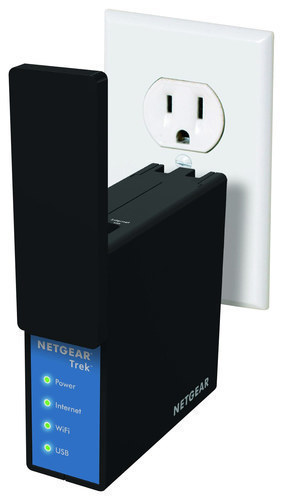I respectfully disagree with your analysis that cellular data is on the way out and WIFI is the preferred medium.
That was the wrong thing to draw from my comments. I never purposely implied that cellular was out in any way. If anything, I totally agree that cellular is likely to replace WAN WiFi everywhere.
What I was referring to was the CradlePoint. They used to be a Swiss Army knife. You could plug in an aircard, WiFi WAN, or other Ethernet WAN to provide routing for your entire boat. Today, the need for that has largely gone away. Today, nearly all cellular devices speak WiFi as a hotspot. It makes it unnecessary to have a special hardware cellular interface (aircard, USB stick modem, etc).
WiFi will still be used for high bandwidth items like streaming video as long as the plans are not unlimited - and unlimited plans are probably coming. What has happened with WiFi is that it has taken over as the medium for connecting those last 10 feet to each device. It's already hard to find a TV without WiFi. Soon, all chartplotters will have it as well. And when everything is using a very open, wireless interface like WiFi, CradlePoint's end up having very little added benefit.

